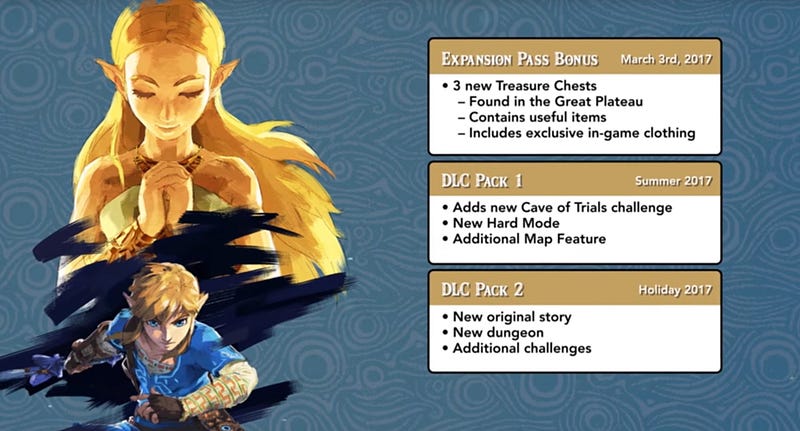Around 2001, there was a great, albeit buggy 2d Game Engine for the Mac OS before Apple announced their new OS X operating system, called The Coldstone Game Engine.

Packaged with game assets from a Game made from the publishers called Pillars of Garendall, a joint project from Beenox and Ambrosia Software, It was the first time I had experienced what plugins could do to extend the life of an aging title with a vast new source of content, items, quest and excitement.
It was a time when you actually looked forward to app updates, when iTunes wasn’t a desperate high school girl with trying to get your attention every week with a tiny new change that would require a whole new app install. This was something, to me, rather new.
When designing games, and even layered content for a planned time delay of new gamer content, it opened a new window of how vast a story could really be, how changing access tiles to allow you to open that door in town that was always locked… no matter how many blocks you broke or jumped backwards into.

Fast forward to today, where it has been rebranded and retooled to the masses as “DLC Packs” or “DLC Content”, which is starting to feel more and more like a cash in on mandatory episodic content for one title that would have been broken up into multiple titles originally in the past.
Megaman 2 — 6 would have never existed in the current medium and would have been reduced to DLCs at best, or a level editor Edition.

To put it into perspective just how far it has gone, key characters from everyone’s favorite brawler Street Fighter V, lost a lot of fandom due to the nickle and diming practices of having to download and pay for a full roster of characters, rather than unlocking them from the premium price point most gamers had to pay to buy the game in the first place.

Lets not get started on Square Enix’s Final Fantasy VII Remake, which is no more than cashing in on the blockbuster hit’s success, changing just about everything that made the game what it was back in 1997 when it was released, except for its memorable title. Fans were also disappointed to hear that the game would be broken up into episodic, pay as you go content, with obvious nods to paid content that you can opt for in each of these episodes of VII.

Bungie’s Destiny Franchise also lost favor with fans with DLC prices higher than that of the game price itself. Destiny 2 can be reserved at a now normal $59.99, with a cool $39.99 you can also pay for the next 2 upcoming DLC packs as well. Don’t forget about your Xbox live or Playstation Plus account, which is a mandatory requirement to play the original Destiny (and mandatory online connection as well) for another $59.99 a year.
Marvel’s War Of Heroes, a rather popular TCG for mobile devices, was another example of the aggressive paywall strategy to get players paying more. As it becomes more in line with gambling rather than a fun, balanced gaming experience, as a player, you start to feel the designers are just catering to the whales.
This term, used to describe those who dump loads of money into the game and in turn, guides the developers on how to make it less about having fun and more about how much time and investment can you make into playing something that is supposed to be, ahem relaxing and entertaining?
Case in point — There is going to come a time where gamers are going to be turned off by arcade, gambling mechanics. Titles, that still to this day, have stood the test of time, did not hold gamer’s hands, didn’t ask them to insert another coin to continue reading the intro, and didn’t leave half the game out to force you to pay for the other half in order to “further enjoy the experience”. In a world that is vastly becoming more and more expensive to game in, perhaps stopping for a minute to think about making things simpler might not be a bad idea after all.
